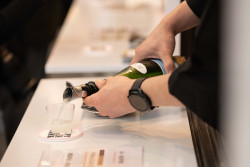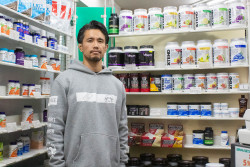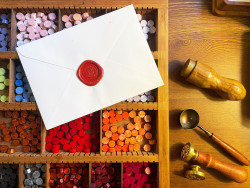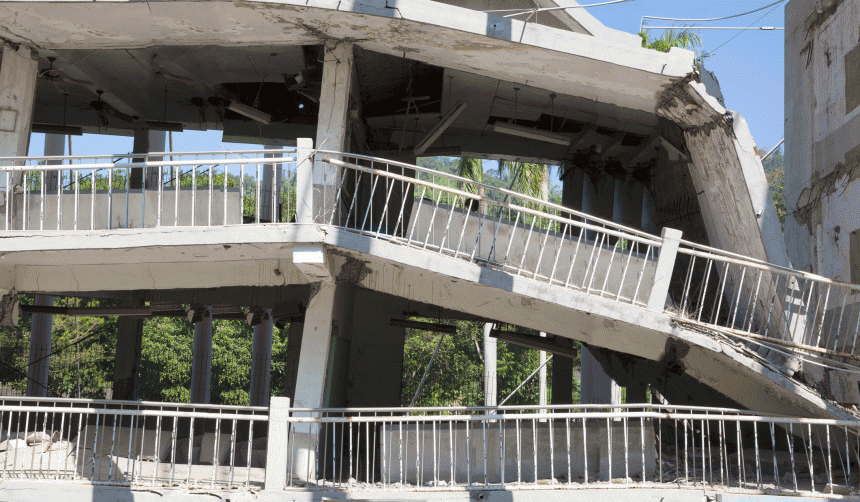
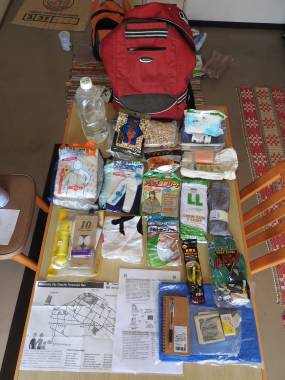
Emergencies don’t often occur at a convenient time. In the case of some (earthquake, typhoon, etc.), it may be necessary to leave home in a hurry without much time to think about what to take or not take. It is also very possible that returning home may take more time—days, weeks, or even months—than expected. With that in mind, it is important to be prepared with an emergency evacuation bag packed and located near the exit or exits of your home.
While many evacuation centers at parks and schools in Japan have emergency food, water, and shelter supplies, it is important to remember that the weather may be cold, windy and rainy. It will be very important to stay safe, warm, dry and hydrated. Keep this in mind when preparing an earthquake kit; depending on your comfort level, you have to decide which supplies you think you will need or want, especially if you have children or older folks in tow.
Many department stores sell earthquake/emergency supplies along with complete kits. Check these out to see which supplies might best fit your situation. A tailor-made kit might be a bit time-consuming to put together, but if it’s needed it will be well worth the effort.
Following is a basic checklist of things to include along with why they might be handy. Nearly everything can be bought at a 100-yen store or for just a little bit. Perishable items should be checked, used and/or refreshed every six months. Remember, this is a list to get you started. Sit down with your family or housemates and talk about what you might need, the best places to keep it, and a plan for where to meet if something happens. Hopefully, you never need to put any of this to use, but it is best to be prepared.
- Medium-sized backpack (school size)
Carry everything in cause of walking evacuation
- LED key chain flashlight
Very bright and small, it can hang from its chain to provide overhead light. It also can be clenched between your teeth if you have to dig yourself or others out of the rubble. A larger flashlight will require a hand to hold it. It would be a good idea to carry one of these in your bag every time you leave the house.
- Gloves [rubber coated]
Protect your hands while clearing debris and digging yourself and others out of the rubble or cleaning up after the disaster.
- Masks
Protect your lungs from dust from collapsed ceilings and buildings
- Rain jacket and pants [or poncho]
- Paperwork
Copies of all important documents such as passport, foreigner identification card, and credit card (including security code). Copies of prescriptions, especially for things like insulin, are also a good idea.
- Money
At least 10,000 yen in small bills and 10 100-yen coins for pay phone. You might also want to consider currency from your home nation for emergency money.
- Socks
You might remember your shoes on the way out but maybe not socks.
- Water – two liter water bottle
In general, it is recommend to have two liters of water per day, so you should carry six liters per person.
However, this can really add up in terms of weight and space in a small backpack. Consider placing other bottles around your home in case of a partial ceiling collapse or even storing some in outside areas such as a toolshed, parking area, or a special disaster box. You can share it with your neighbors if the time comes even if they tease you about it now.
- Food
Ideally, this is food that does not need to be cooked. Think about easy, lightweight but calorie-dense options such as hard sausages, peanuts, or energy bars. (Ramen packs can be eaten dry and last forever.) Remember to check (and replace) food items every six months.
- Emergency foil blanket
Keep people warm, especially important for injured people or those in shock.
- Blue sheet/tarp
Provides shelter from the weather or as a ground cloth.
- Rope with hooks
Suspend the blue sheet for rain shelter or use to dry clothing or other gear.
- Wet/baby wipes
Personal hygiene and toilet paper.
- Lighter
Start fires and light candles.
- Tea candles
Provide some light and some warmth. These may be more psychologically valuable in some ways, but that isn’t all bad, either.
- Spare T-shirt
Provide change of clothing or use as towel/bandage
- Pad of paper and pen
Leave messages or exchange information with others.
- Medications
Keep a spare set—enough for three days to a week—to tide things over until you can get to a pharmacy. This should also include items for a basic first aid kit: bandages, ibuprofen, anti-bacterial wipes, etc.
Next to bed
Remember, it probably won’t be at a convenient time. Since we usually spend about one third of the day in bed, it is a good idea to always keep a set of outdoor clothing, shoes, socks, and a small flashlight next to or under the bed.



